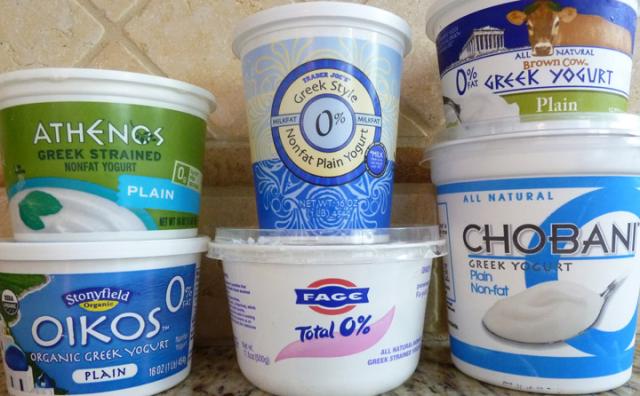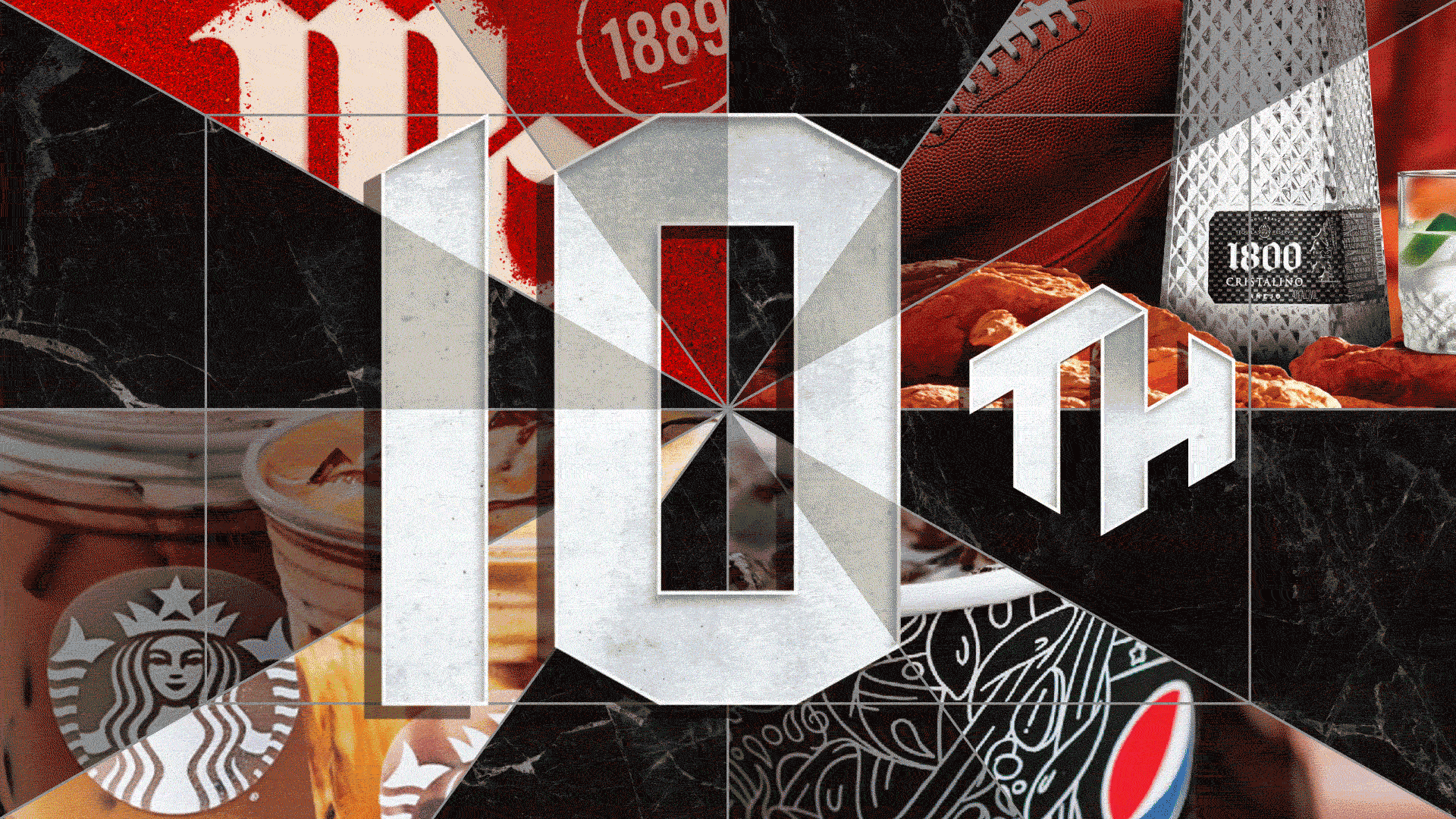
When Chobani made its debut in 2007, Greek yogurt accounted for 1% of the total yogurt selection on shelves. Fast forward to today, and more than one third of yogurts on shelf is Greek – with Chobani capturing almost 35% of all yogurt sales. Even our Theory House shopper marketing team, which has supported Chobani's efforts at retail, is amazed at the brand's success. But these wins for Chobani inevitably come at a cost to other brands. The Wall Street Journal calls it "dark days for fans of regular yogurt" as the growing popularity of Greek formulations, combined with limited shelf space, mean consumers are having a hard time finding some of their old favorites.
"It has posed a real conundrum" for retailers and yogurt-makers deciding what to put on shelves, says Gary Hirshberg, co-founder and chairman of Stonyfield. Almost all varieties of traditional yogurt, from low-fat to whole milk, have "lost space to that behemoth called Greek," he says. More consumers are complaining that they can't find a beloved flavor that's unavailable, Mr. Hirshberg says. They "show up behind dairy cases and say, 'Where is my Mocha Latte, Apricot Mango or Cappuccino?'" he says.
According to the Journal, stores are creating more space for yogurt, but Greek is taking up more of that space. Today yogurt takes up about 2.2 million linear feet of grocery store shelf space in the U.S., up from about 1.9 million two years ago. During that time, space allotted to Greek yogurt at U.S. grocery stores increased to about 631,000 linear feet, up from about 163,000 in 2011, reducing space for non-Greek products by about 12%, according to IRI data from Stonyfield.
Kids may be set to lead the anti-Greek yogurt charge."I eat Greek yogurt practically every day," says Colleen Pence, a 42-year-old blogger and social media consultant in San Antonio. But when her two kids "try mommy's yogurt they make faces," she says. "It's a little bit more pungent than they are used to." I can tell you from personal experience, it took my kids a while to come around to Greek.
And traditional yogurt isn't the only product feeling the pain. To make room for Greek and other varieties of yogurt, Meijer Inc., a Midwestern chain, is dropping some slower-selling products near the section like refrigerated dough for croissants, says Shawn Buckner, group vice president of foods for Meijer. "You do have to juggle," he says.
Supervalu Inc. has reduced the space given to traditional yogurt, as well as nearby products with less robust sales like margarine, says a spokesman for the Eden Prairie, Minn.-based company, which owns brands like Cub Foods and Hornbacher's. Stores are reducing the size of the margarine section by about half, while increasing the space they allot for yogurt of all types, the spokesman says.
ConAgra Foods Inc. has responded by putting its margarine into square tubs to save every possible inch of space. The company discovered that its typically rounded tubs create a "little star shape between circles" of wasted space on a shelf, says Patrick Fitzgerald, the company's senior brand manager of table spreads.




